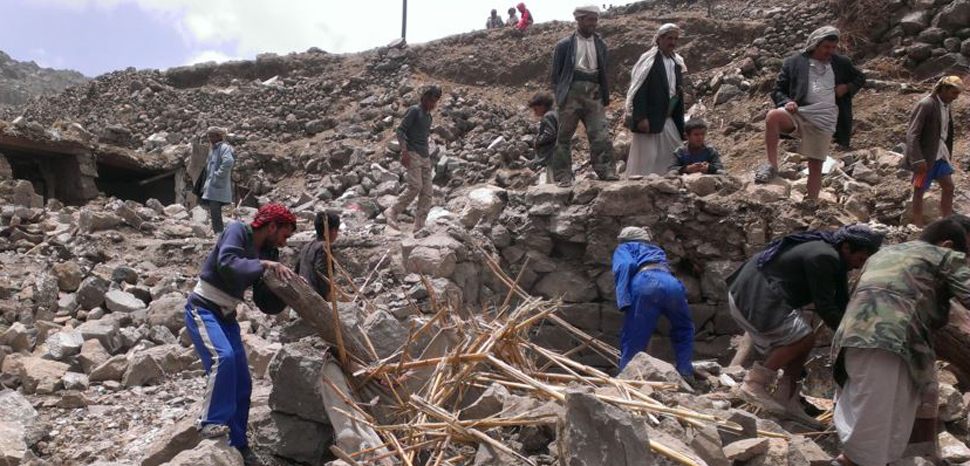Summary
Yemen is heading toward a situation where half of the country’s population is “entirely reliant on external aid for survival” according to Mark Lowcock, the UN’s deputy secretary general for humanitarian affairs.
While Yemen’s humanitarian outlook worsens, the political situation remains deadlocked with no end in sight. Iran-backed Houthi rebels are in control of the capital and the northwestern and Red Sea coastal areas, and the Saudi-backed government of Abdrabbuh Mansur Hadi is in control of Aden and swathes of the central and eastern regions. To the south, along a wide expanse of Gulf of Aden coast, chaos reigns and some 6,000-8,000 Al Qaeda-affiliated fighters operate with impunity and, according to a recent AP investigation, occasionally join in Coalition operations against the Houthis. Various secessionist militias are also active in the south.
With all sides dug in for the long run and key international backers like the United States still blasé about the human impact, the only good bet over the short-term is that there’s much more suffering yet to come in the Yemen conflict.




